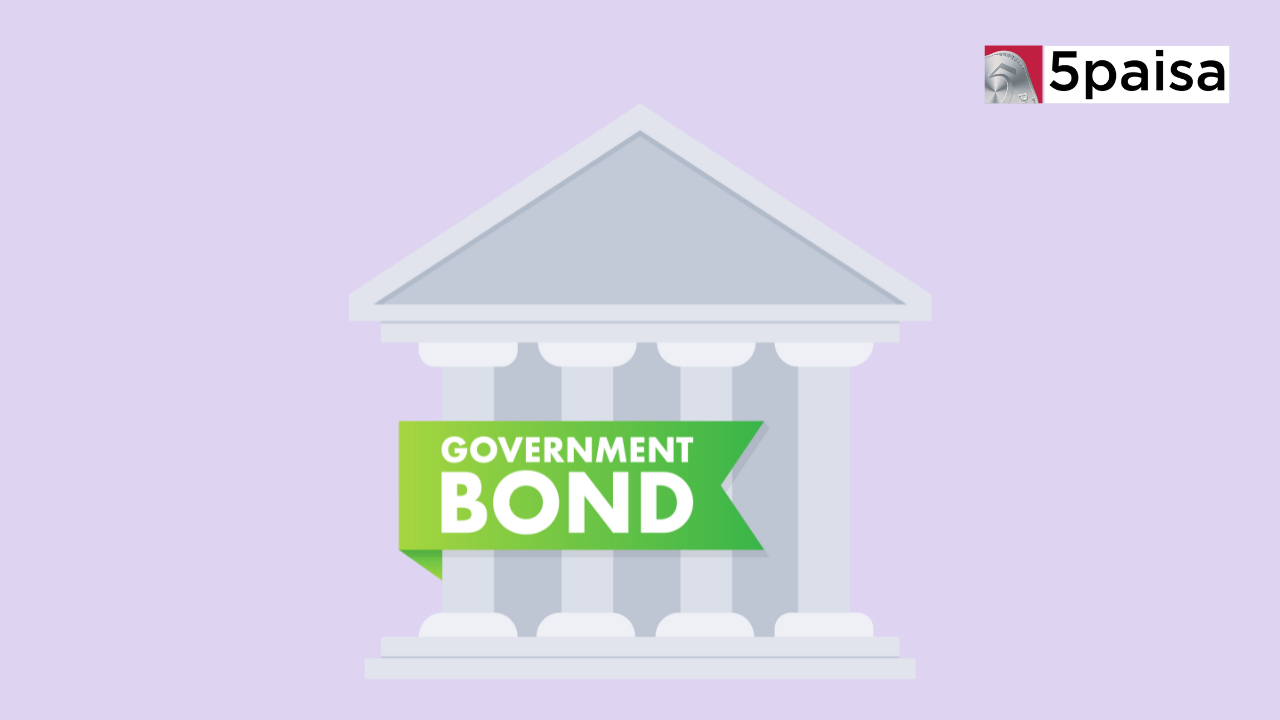Top Growth Stocks Trading at a Discount
Explained: What is the row over telecom licence fees between companies and govt?

Last Updated: 11th December 2022 - 04:35 pm
In what is being seen as a major blow to telecom companies Bharti Airtel, Reliance Jio and Vodafone Idea, the government has decided not to reduce licence fees and to continue with the current fee structure instead.
The operators, who currently pay 8% of their adjusted gross revenue (AGR) as licence fee to the government, have long been demanding a cut of at least two percentage points in the rate.
A report in The Financial Express said that the companies were expecting a reduction in the licence fees as part of the second round of reforms package which was expected to follow the September 2021 reforms that were brought in place to bail stressed companies out.
What was the quantum of relief companies were expecting?
A cut in the licence fee by two percentage points from the current 8% to 6% would have provided a relief of around Rs 3,000 crore annually to the telcos.
How was the government looking to make good the deficit?
According to the report, the government has been toying with the idea of a cut in licence fee for sometime, mainly by reducing the universal service obligation component. The licence fee has two components – general exchequer which gets 3% and universal service obligation fund where 5% goes.
What is the history to this USO affair?
In 2015, the Telecom Regulatory Authority of India (TRAI) had recommended that the USO levy be reduced to 3% from 5% so that the overall licence fee comes down to 6%. The rationale behind this suggestion was that revenues which accrue to the general exchequer would remain unaffected.
The USO levy goes to the Consolidated Fund of India, but its usage is only for rural telephony projects. As and when such projects are approved, funds through the USO are allocated for them.
The reasoning behind TRAI advocating for a cut in the USO levy was that operators have full-fledged coverage in rural areas by now. Further, of the total Rs 1.3 trillion so far collected from telcos for the USO fund, nearly 49% remains unutilised.
What exactly had the industry been demanding and why?
The most recent demand of the telecom industry was that either the USO levy be cut or be frozen till the time the unutilised funds are spent. However, in the draft Telecom Bill, the government has floated the idea that the fund be used for wider purposes like research and development.
The industry was eagerly hoping for a reduction in licence fee because in the September 2021 reforms package, the government had decided not to levy any spectrum usage charge (SUC) for the spectrum bought in fresh auctions.
Accordingly, operators would not be paying any SUC on the spectrum bought in the auctions held in July this year, thereby making annual savings to the tune of Rs 4,979 crore this fiscal onwards. There were indications by the government that the licence fee cut would also happen in due course of time.
What had industry big-wigs been saying?
Recently, Bharti Enterprises chairman Sunil Bharti Mittal had reiterated the industry’s demand on reducing the total quantum of levies on the telecom service providers. “The sector is still a very heavily taxed one and this is where the government needs to focus,” he had said.
In October, Vodafone Idea CEO Akshaya Moondra had raised the issue of high levies on the telecom sector, which according to him, constrained the company’s capacity to invest in networks.
Moondra had said that 58% of the overall industry revenue goes to the government in the form of levies. Operators pay around 12% as licence fee and SUC, and GST of 18% is applicable on the sector. He said the cost of acquiring spectrum, if converted to an annuity value and calculated as a percentage of revenue, comes to 28%, which takes the total levies to as high as 58%.
Trending on 5paisa
04
 5paisa Research Team
5paisa Research Team
Discover more of what matters to you.
Indian Stock Market Related Articles
Disclaimer: Investment in securities market are subject to market risks, read all the related documents carefully before investing. For detailed disclaimer please Click here.
 Sachin Gupta
Sachin Gupta Ruchit Jain
Ruchit Jain




